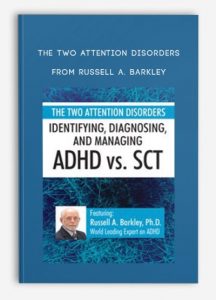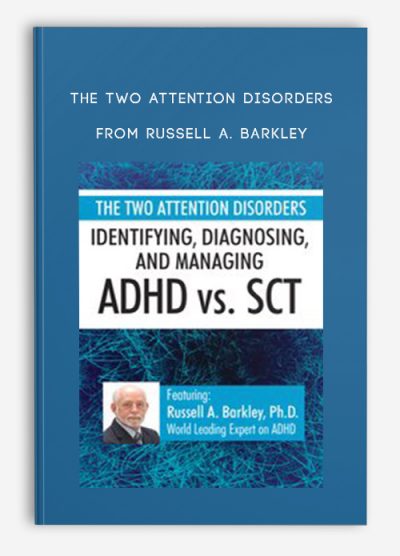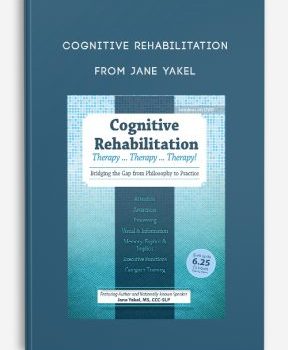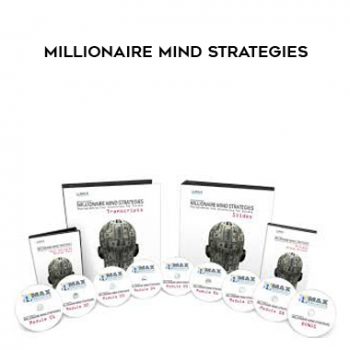 The Two Attention Disorders from Russell A. Barkley
The Two Attention Disorders from Russell A. Barkley
More information about Medical:
Medicine is the science and practice of establishing the diagnosis, prognosis, treatment, and prevention of disease.
Medicine encompasses a variety of health care practices evolved to maintain and restore health by the prevention and treatment of illness.
Contemporary medicine applies biomedical sciences, biomedical research, genetics, and medical technology to diagnose, treat, and prevent injury and disease,
typically through pharmaceuticals or surgery, but also through therapies as diverse as psychotherapy, external splints and traction, medical devices, biologics, and ionizing radiation, amongst others.
Medicine has been around for thousands of years, during most of which it was an art (an area of skill and knowledge) frequently having connections to the religious and
philosophical beliefs of local culture. For example, a medicine man would apply herbs and say prayers for healing, or an ancient philosopher and physician would apply bloodletting according to the theories of humorism.
In recent centuries, since the advent of modern science, most medicine has become a combination of art and science (both basic and applied, under the umbrella of medical science).
While stitching technique for sutures is an art learned through practice, the knowledge of what happens at the cellular and molecular level in the tissues being stitched arises through science.
Outline:
Advances in understanding the symptoms of ADHD
Dimensions of deficits – hyperactivity-impulsivity and inattention
Subtypes of attention impairment
DSM-5 criteria for diagnosis of ADHD and varied presentations
- Inattentive, Hyperactive, Combined
Changes in criteria from DSM-IV to DSM-5
- Overlooked issues needing further explication
Sluggish Cognitive Tempo as distinct from ADHD
- History of presentation
Distinguishing SCT from Inattentive ADHD
- Prominent discriminating symptoms
- Use of Barkley SCT Rating Scale
- Demographic differences
- Cognitive presentation
- Current SCT research findings
- Comorbidity with ADHD and personality traits
- School and academic correlates
- Family and social distinctions
Impairment associated with SCT
- Relative comparison with ADHD impairments
Possible etiologies Basic nature of SCT – differentiating from normal styles of cognition Treatment interventions for SCT
- Medication research
- Psychosocial treatment considerations
Limitations of SCT conceptualization Summary and consideration of factors that potentially establish SCT as distinct from ADHD
Description:
In this program Dr. Barkley provides detailed information on the specific nature of ADHD symptoms and the current DSM5 diagnostic criteria for ADHD. He then reviews the various modifications necessary for updating the DSM criteria and making them more useful and rigorous with special populations (girls, adults, etc.). Dr. Barkley then addresses the issue of subtyping of ADHD along with the emerging conclusion that one form of the inattentive type may constitute a new disorder known in research as sluggish cognitive tempo or sometimes called ADD by clinicians.













tristian –
This is Digital Download service, the course is available at Coursecui.com and Email download delivery.